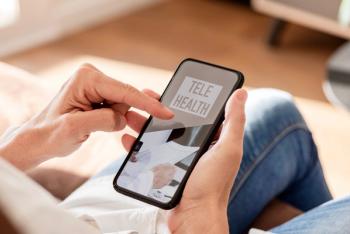
Physicians' and Practice Administrators' Favorite Low-Tech Tools
It's easy to forget that sometimes the simplest devices can be just as useful as the fanciest gizmos and gadgets. Here are some of our readers' favorite "low-tech" tools.
It's easy to forget that sometimes the simplest devices can be just as useful as the fanciest gizmos and gadgets. Here are some of our readers' favorite "low-tech" tools.
1. Color-coded cards
When endocrinologist Melissa Young's patients forget what dosage of Levothyroxine they're taking, she has a simple solution. "I have a card in my pocket with pictures of the different tablets so when patients come and aren't sure what their dose is, I break out my card and have them point it out."
2. Answering machine
Solo family physician Lynn Ho has no receptionist to answer her incoming calls. She's found a much cheaper solution. "My all-time favorite low-tech tool is my $21 answering machine," she says. "It keeps me from being interrupted when I am with patients or involved in work that I need to finish."
3. Lamination
Ho laminates patient-registration sheets, HIPAA forms, and e-mail consent forms. After reading the forms, her patients sign them - right on top of the laminate. "Then you can scan in the signed consent and then you can wash it," says Ho. "Just run it under the tap, shake it dry, and use it for the next patient."
4. Grayscale
Gynecologist Elizabeth Harmon uses a grayscale she picked up at a paint store to explain dysplasia to patients. "I show it to my patients before their colposcopy and explain to them that white is normal, shades of gray are the mild to moderate dysplasia, darkest gray is severe, and black is cancer," she says.
5. Reminder box
At Brazosport Urology, practice administrator Derrick Berger says a standard countertop recipe box is used as a "stent box." "We place [the patient's] name on an index card and keep it in the box until the stent is removed," says Berger. "Everyone knows you don't mess with the recipe box. One person is responsible for it."
6. Air fresheners
Even the greatest technology doesn't necessarily guarantee a great-smelling office. Berger's practice relies on air fresheners to keep the office nicely scented. "We place the plug-ins strategically around the office and change those as needed," says Berger. "We have done it since day one and get compliments constantly. People seem to really appreciate being able to walk into a doctor's office and it not smelling too clinical."
Marisa Torrieri is an associate editor with Physicians Practice. She can be reached at
Aubrey Westgate is an associate editor with Physicians Practice. She can be reached at
This article originally appeared in the July/August 2012 issue of Physicians Practice.
Newsletter
Optimize your practice with the Physicians Practice newsletter, offering management pearls, leadership tips, and business strategies tailored for practice administrators and physicians of any specialty.











